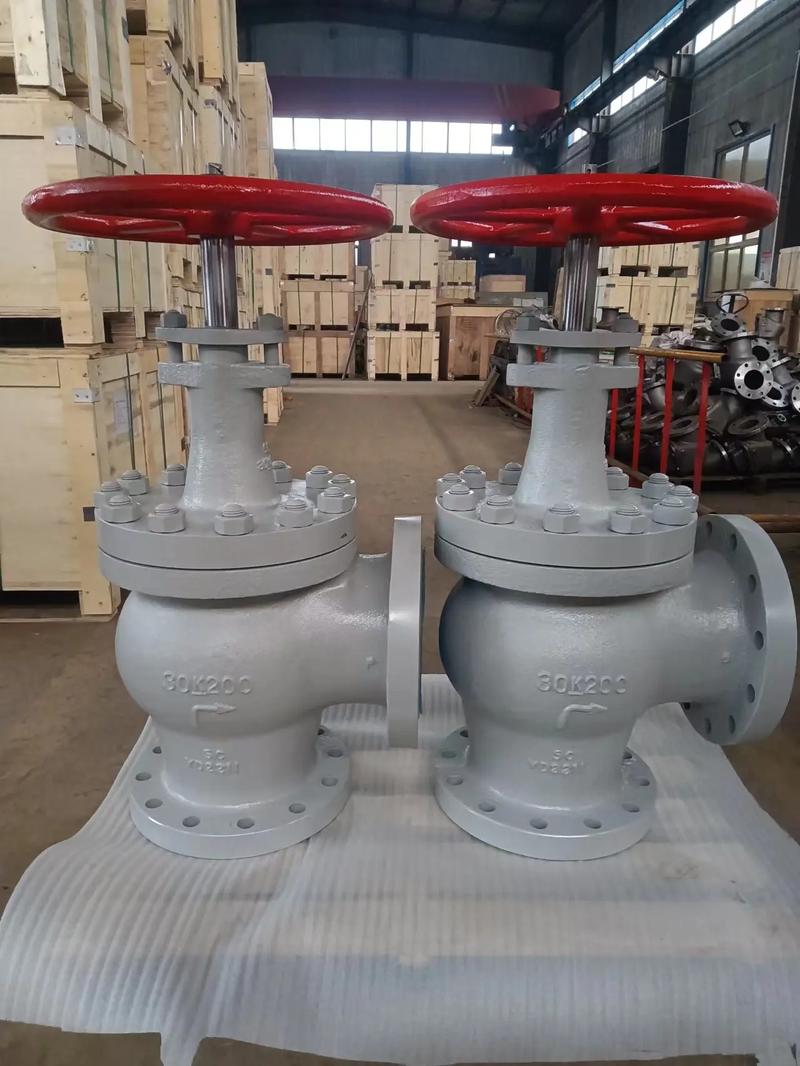|
Deep-sea Navigation "Safety Lock" : Unveiling How Marine Valves Resist High-pressure CorrosionThe deep sea, a realm of extreme pressure, darkness, and corrosive environments, poses unprecedented challenges to maritime engineering. Among the critical components ensuring the safety and reliability of deep-sea navigation systems, marine valves stand as the "safety locks" that withstand the harsh conditions of the abyss. This article delves into the technical innovations and material advancements enabling marine valves to resist high-pressure corrosion, safeguarding deep-sea operations.
The Abyssal Challenge: Pressure, Corrosion, and Complexity Deep-sea environments exert hydrostatic pressures exceeding 100 MPa at depths of 10,000 meters, while seawater's high salinity, low oxygen levels, and microbial activity accelerate corrosion. Oil and gas pipelines, in particular, face dual threats from corrosive gases like CO₂ and H₂S. H₂S induces stress cracking and hydrogen embrittlement, while CO₂ reacts with water to form carbonic acid, accelerating metal degradation. The interaction of these gases, influenced by pH shifts, exacerbates corrosion, making material selection and corrosion control critical for pipeline longevity. Moreover, fluid dynamics complicate matters. Low flow rates lead to sediment buildup, while high velocities cause erosive corrosion, especially at bends or transitions. Microbial corrosion, driven by sulfate-reducing bacteria (SRB), further weakens metal surfaces. These factors collectively demand valves capable of enduring extreme pressures, chemical aggression, and biological degradation. Material Innovation: Nickel-Based Alloys and Advanced Coatings To combat corrosion, engineers rely on nickel-based alloys like Monel. Comprising 70% nickel and 30% copper, Monel exhibits exceptional resistance to reducing acids, strong alkalis, and seawater. Its high strength and toughness make it ideal for deep-sea valves exposed to H₂S and CO₂. For instance, Monel valves are used in炼油厂 (refinery) HF acid systems, where carbon steel fails due to corrosion. Beyond alloys, advanced coatings play a pivotal role. Epoxy and polyurethane coatings, enhanced with ceramic fillers, create impermeable barriers against seawater. Electroless nickel plating, known for its uniformity and corrosion resistance, is applied to valve surfaces. In extreme cases, thermal spray coatings of tungsten carbide or chromium oxide are used to resist abrasive erosion. Structural Design: Pressure-Resistant Architectures and Sealing Mechanisms Deep-sea valves must withstand hydrostatic pressures without deformation or leakage. Engineers employ multi-stage pressure-relief designs, using nested casings and reinforced flanges to distribute stress. For example, subsea ball valves feature double-block-and-bleed configurations, isolating fluids and preventing cross-contamination. Sealing technology has also evolved. Metal-to-metal seals, like those in Monel valves, rely on precision-machined surfaces to form gas-tight bonds under pressure. Elastomeric O-rings, treated with fluoropolymer coatings, maintain flexibility in low temperatures. In high-pressure applications, graphite-filled PTFE seals are preferred for their chemical inertness and thermal stability. Corrosion Monitoring and Maintenance: Smart Sensors and Predictive Analytics To extend valve lifespans, real-time corrosion monitoring is essential. Ultrasonic thickness gauges measure wall loss without dismantling valves. Electrochemical sensors, embedded in valve bodies, detect pH changes and chloride ion concentrations. Wireless transmitters relay data to surface control centers, enabling predictive maintenance. AI-driven algorithms analyze corrosion trends, forecasting failures before they occur. For example, machine learning models correlate flow rates, temperatures, and microbial activity with corrosion rates. Autonomous underwater vehicles (AUVs) equipped with 3D scanners inspect valves in situ, reducing the need for costly manned interventions. |

